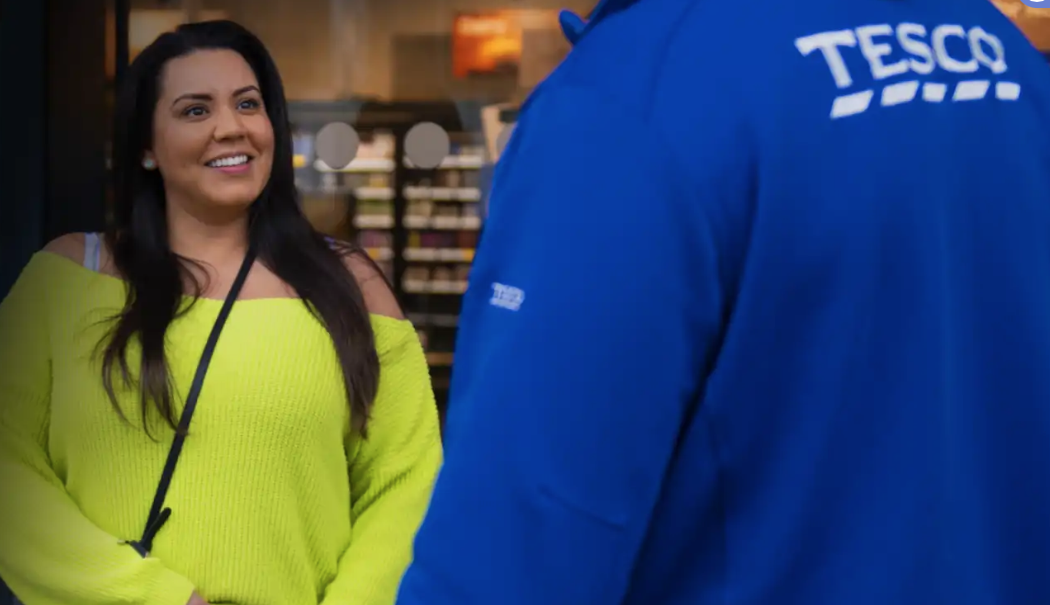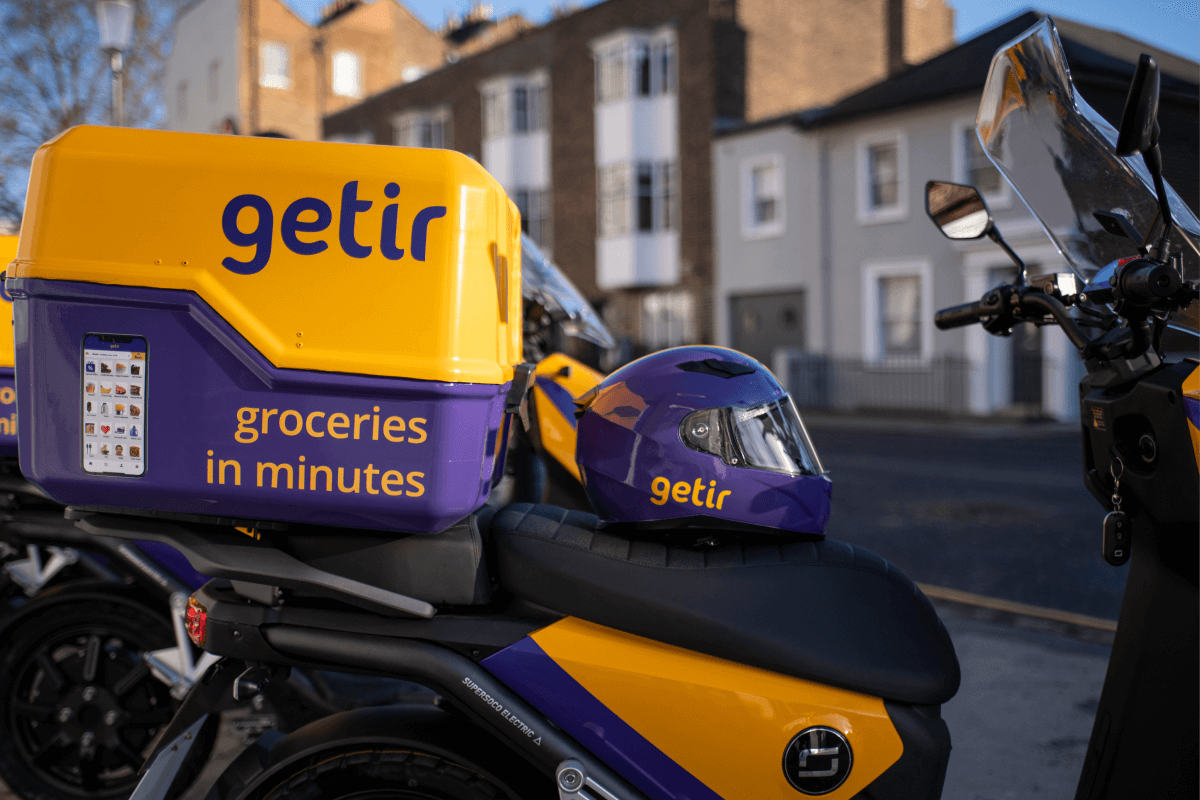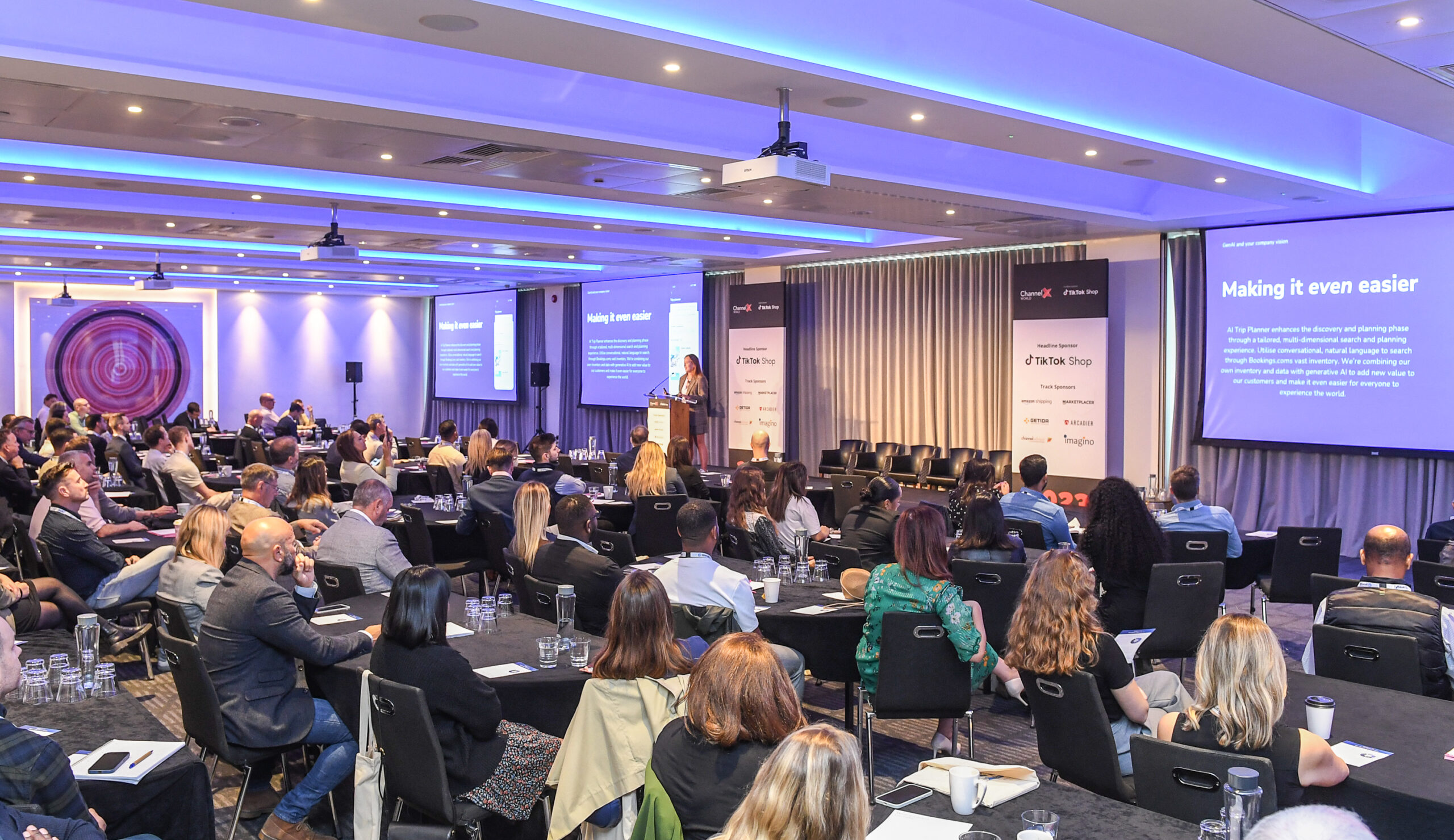GREAT SERVICE BEGINS WITH RETAILERS BEING FOCUSED ON THE CUSTOMER. BUT
HOW DO RETAILERS KEEP THAT FOCUS WHILE DEALING WITH THE COMPLEXITIES OF
OMNICHANNEL? JONATHAN WRIGHT ASKS THE EXPERTS
Every January when he’s attending the NRF trade show in New York, K3 Retail’s Tony Bryant takes time out to head for Macy’s .
He’s a man on a mission, to get the latest perfume from Benefit as a gift. This past winter, despite his not having been in the store for a year, the assistant remembered Bryant. She also knew the products she was selling inside out. “The service was outstanding,” recalls Bryant.
It’s a reminder, if any were needed, of what constitutes a really good customer experience out in the real world, that it’s bound up with a warm, friendly professionalism that’s genuine, not contrived. Bryant, as K3’s head of business development, draws a wider lesson from his shopping trip and what it says about a great customer experience too. “CIOs buying iPads galore for their retail offering isn’t the answer,” he says.
“The DNA [of the retailer] has to be the answer.”
This sounds elegantly simple and it is, but the challenges here are huge. It’s a tough enough job department stores. It’s tougher still in a retail chain where budgets don’t run to clienteling and the idea of having a store iPad is a distant dream. Now add in the emerging challenges of omnichannel retail, a dizzying world of supply chain management issues, multiple digital touchpoints and a seemingly evergrowing number of delivery/collection options, and the extent of the challenge becomes clear. If a retailer fails in just one of these areas, it colours the whole experience for the customer.
THE RIGHT CHOICES
So how do companies go about getting such experiences right? One clue is provided by recent eChannel Retail Benchmark study from eDigitalResearch, which found that JohnLewis , Marks & Spencer and House of Fraser all outperformed Amazon in terms of providing a digital customer experience over the crucial Christmas period.
This is a trio of companies with at least two telling similarities. Firstly, echoing Bryant’s point about retail DNA, each has a strong customer service ethos deeply rooted in the demands of high street retail and catering to a finicky, middle-class customer base. Secondly, each has invested heavily and early in digitally driven retail.
As to how these two factors relate, John Lewis sales assistants would always go the extra mile when it came to phoning around other branches and locating an item not available in their store. In terms of the overall company ethos, it’s really not such a big leap to take this online, to move towards, for example, enabling customers to buy an item via the website and pick it up at a local branch of Waitrose while doing some grocery shopping.
It is, however, a huge leap from taking pride in a company’s reputation for service to being able to provide omnichannel experiences at scale.Take a scenario such as a customer going into a small branch that doesn’t stock a particular item available at larger branches. It’s no longer enough for a sales assistant to order the item and ask the customer to call back next week. Rather, says Tony Bryant, the response needs to be: “‘Yes we can get it for you, yes we can get it the next day, and yes do you want it delivered to your house?’ And yes, it’s going to screw the margin in terms of the business, but in terms of customer satisfaction that’s pretty cool.”
The key here lies in retailers coping with the vast amounts of data that start-of-the-art retail both throws up and relies upon. The variables here are daunting. In the scenario above, for example, stock data, customer data and delivery data all need to come together.
MAKE IT PERSONAL
To focus in this feature largely on just one of thosedata sets (issues around stock data and delivery dataare covered elsewhere in this special report), it’s incredibly hard to track customer behaviour acrossdifferent channels.
How do you even know when a regular website customer makes a cash purchase in a store? It’s difficult but, as Pontus Kristiansson, Vp marketing Europe for personalisation specialists RichRelevance, points out, if a retailer wants to offercustomers appropriate offers and recommendations–and increased personalisation is intrinsic to omnichannel–the retailer needs to understand what shoppers are doing across different channels.
Accordingly, RichRelevance has been trying outan approach that involves using “probability theoryto match behavioural patterns across different channels”. To unpick that a little, RichRelevance might begin by analysing website behaviour such asthe products people click on and the search phrases they use.
“We can then try to correlate that with similar behavioural patterns match between these two touchpoints.” This kindof behavioural data, he adds, needs to be held in “single layer” where it can be accessed in real-time.
Alex Fovargue, retail specialist with predictive analytics specialist SAS similarly emphasises the need for acting in real-time. Drawing a distinction between “hot data”, what a customer is doing in, say,long-term history, he sees real potential in using thisinformation in more sophisticated ways. “What you find at the moment is that a lot of recommendations and personalisations fit into two camps,” he says. “They’re either based onwhat you’re doing in that session, with no referenceto your history, or they’re based purely on your history. What we’re seeing now is that blending of the hot and cold data to make a recommendation that refers to your current customer state, what you’re doing today, but also referencing your previous experience across all sorts of different channels. And that’s really the utopia for omnichannel retail.”
SPEAKING FROM EXPERIENCE
CONSISTENT SERVICE LEVELS
“We should aspire to every store being a flagship. What I mean by that is stores may not have the size and scale of a flagship store, but they should have the same service to the consumer as a flagship store.”
Tony Bryant, head of business development, K3 Retail
DATA, DATA EVERYWHERE“What leading companies are doing now is taking data at the customer behavioural level – so understanding how a customer is navigating through a web page, what is their exact customer journey down to the millisecond they spend looking at each item on that page. That gives you a whole explosion of data that you then have to manage, and this is when you then start moving into new technologies around things such as Hadoop [open-source software for large-scale processing], holding massive amounts of unstructured data and the need to be able to analyse that to spot key trends.”
Alex Fovargue, retail specialist, SAS
IDENTITY ISSUES
“Nobody has yet solved the technical problem of identifying 100 per cent of visitors across any channel. That technical solution does not exist yet. But the ones that are making it work best so far
are the ones that have broken down the organisational silos and they work as one team internally.”
Pontus Kristiansson, VP marketing Europe, RichRelevance
INTERNATIONAL MARKETS
“[There’s a] global aspect [to] customer experience management. What we’ve seen through some of our own research, as well as by companies such as Forrester, is that behaviours are very, very different across different geographies, and as a result what you need to offer as a retailer is very, very different. As an example, in a lot of emerging economies, mobile devices are the device. People don’t have computers or they don’t have access to computers.”
Otto de Graaf, VP strategy and acquisitions, SDL
THE SHOW STARTS HERE
It may seem as if we’ve come a long way from a perfume counter at Macy’s. However, it’s worth pausing to remember that personalisation technologies in many respects mimic what the best sales assistants do in trying to understand customers, albeit at a far less sophisticated level. But also it’s important to remember that understanding customers and offering them appropriate productsis only part of what makes for great experiences.
As The Paradise and Mr Selfridge remind us every episode, shopping is also about fun, escapism,theatre. In this context, the growth in digital technologies is certainly making flagship stores far more entertaining places to visit. This doesn’t mean we’re seeing virtual changing room technology in provincial high street stores. As Otto de Graaf, VP strategy and acquisitions with global customer experience management provider SDL wryly notes, “Really and truly, how many stores offer free wi-fi today?”
Discussing the way that digital technologies such as Apple’s i Beacon, which enables stores to push coupons at your phone and offer mapping information to help customers find the goods they’re after, are making their way into the bricks-and-mortar store environment, he notes: “It’s all very, very nascent. I think even payment methods are nascent, so I think really and truly we’re only at the start of a journey right now.”
Even online, he adds, we’re still trying to work out how things work . A couple of years back, for example, the buzz was around so-called social commerce. “Everyone wanted to have their store on Facebook and, two years down the line, people have figured out that people don’t go to Facebook to shop, they go to Facebook to socialise, so nobody is using that [approach] anymore,” says de Graaf. “However, combining social data with the regular online experience may actually work, so adding social to your website, ratings and recommendations, Pinterest functionality, may actually be relevant.”
THE PRACTICALITIES OF FUN
The idea of retail pizzazz is often taken to be the province of the marketing department, but it’s worth noting there are practical issues here around what we might call, if it doesn’t sound too ominous, the implementation of fun and how this relates to the overall customer experience.
At the enterprise information management company OpenText, Sam Warnes is a senior sulitions consultant who focuses on digial asset management.
“Something I’m working on is understanding how digital media affects the omnichannel journey,” she says, ” so having a video or an image in the right way at the right time, making sure everything is always up to date or available to all of those different channels is something that’s very key. getting that digital management right is a very good starting point fo a lot of retailers”.
The wider point here is that once those assets are in place, retailers can begin to create more consistent experiences. This is key becouse, as Warnes’ colleague, CEM architect Jonathan Beardsley, notes, “The omnichannel message is really about consistency, it’s not about having 10 channels that are telling different stories, it’s about having 10 different channels, or a hundred. that are telling the same story”.
What might this story be? We’re back at the idea of company’s DNA. Nobody expects a supermarket to provide the same experience as a top-end department store, but customers do expect a consistency of tone when they interact with a company, somehow to feel as if they’re dealing with the same people. To that extent, customers are already omnichannel shoppers because they quite rightly think of themselves ad dealing with a single company, and retailers need to start from this new reality when they look at issue around customer experience.
PoS RENEWAL
Are retailers about to start using digital technologies in more sophisticated ways? According to a recent study by the NRF, technology company Demandware and the University of Arizona, which polled more than 200 US and European retail business technology executives, more than one third (35.8 per cent) of retailers surveyed are considering moving to a single platform to manage interactions and transactions across all channels.
This comes at a point when 70 per cent of the retailers are planning to refresh existing PoS software – or even doing so already. This in turn, says Rob Garf, Demandware’s VP of industry strategy and insights,
poses a question for CIOs and other senior staff: “Do we look at the old-school way of thinking as it relates to traditional point-of-sale, in-store processor based, or do we think of a new, innovative architecture to do this, and also bring all of the core elements into platform?” Retailers, he adds, “are considering ecommerce software two times more than they’re considering PoS software for their next point of sale”.
It’s early days here yet, but it may be one way for retailers to help ensure the consistency that omnichannel demands. “Bringing all the goodness of the ecommerce experience into the store means preventing lost sales, upselling the consumer, it means providing more service, so therefore it pays for the investment,” says Garf.
WHAT’S CHANGED?
Last year when we reported on customer experience in the context of omnichannel, we found retailers were worried about issues around streamlining click and collect, and understanding customer journeys. That’s still true. However, as companies begin to implement omnichannel, we’re seeing forward-looking companies begin to tackle questions around personalisation, and creating experiences that are both on
brand and fun.






